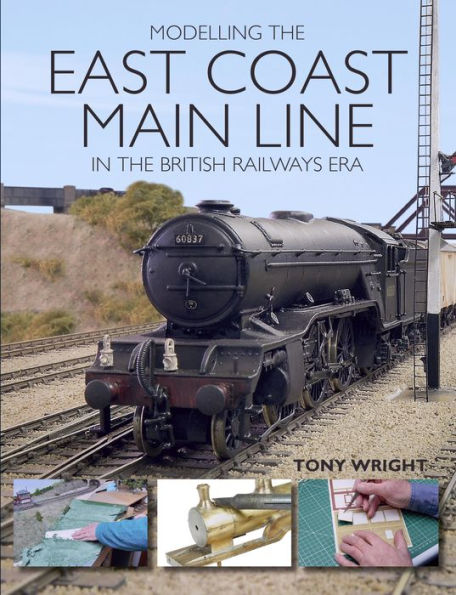5
1

Modelling the East Coast Main Line in the British Railways Era
224
Modelling the East Coast Main Line in the British Railways Era
224Related collections and offers
27.99
In Stock

Product Details
| ISBN-13: | 9781785003172 |
|---|---|
| Publisher: | Crowood Press, The |
| Publication date: | 06/30/2017 |
| Sold by: | Bookwire |
| Format: | eBook |
| Pages: | 224 |
| File size: | 125 MB |
| Note: | This product may take a few minutes to download. |
About the Author
From the B&N Reads Blog
